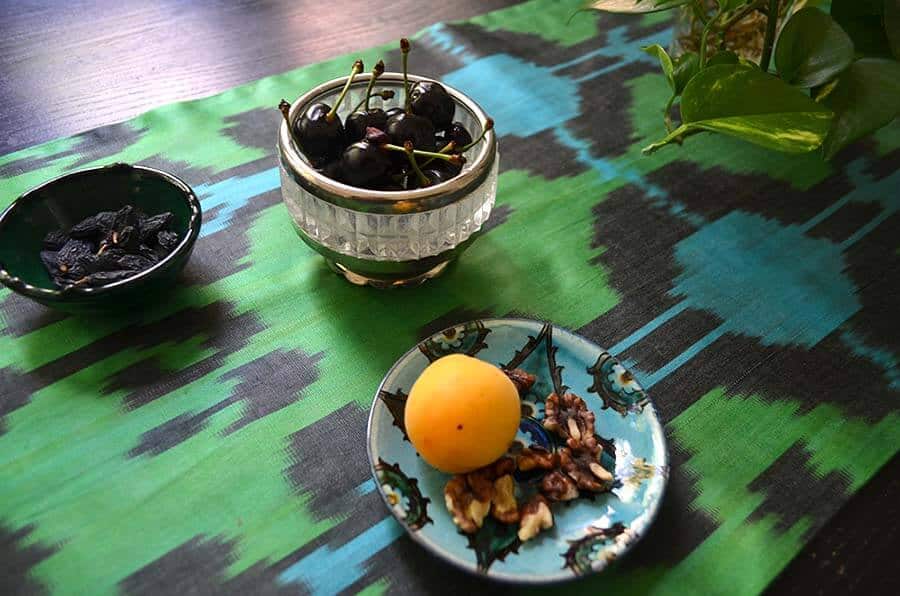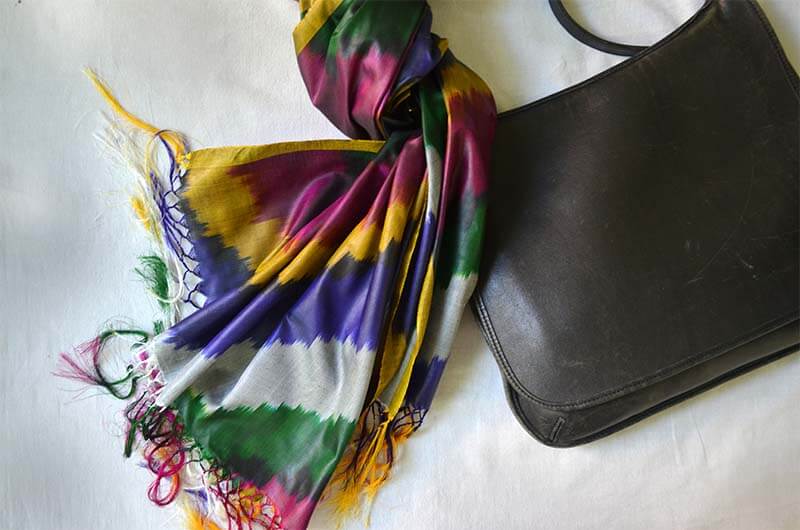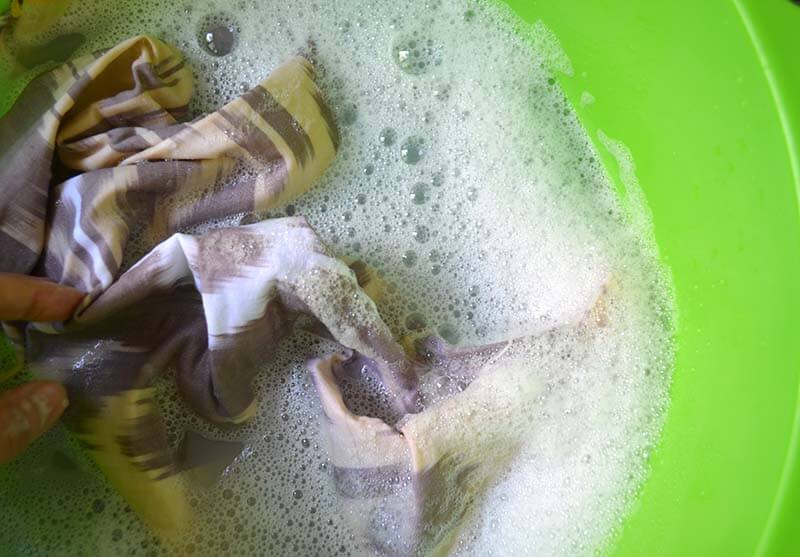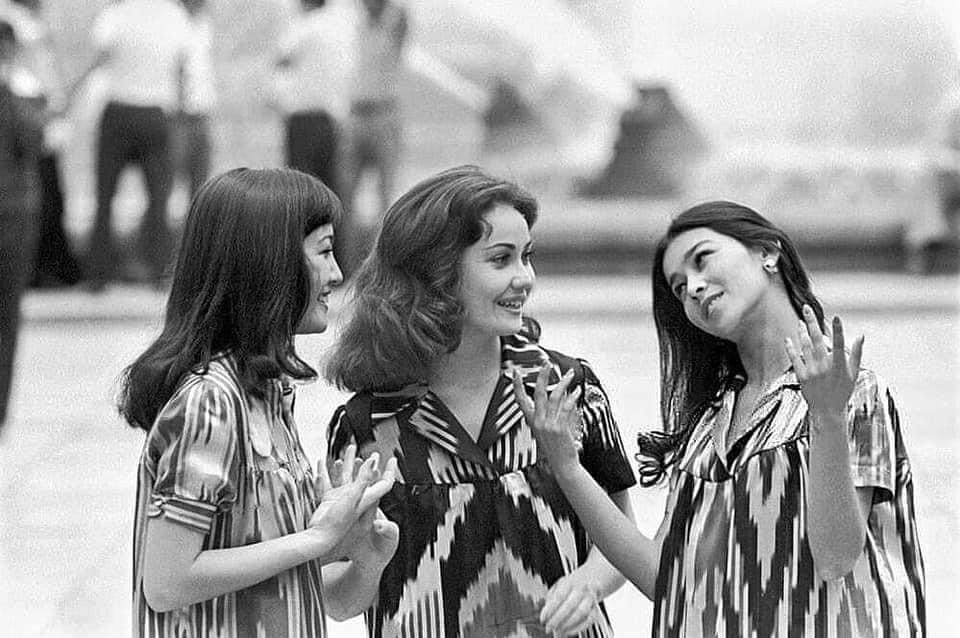Decorating with Uzbek ikat table runners
Uzbek ikat table runners are Uzbekistan’s contribution to the art of dining table decoration. We use special textiles that we have – ikats! You can love table runners or hate them but one things is clear – they are essential to creating a beautiful dining table setting.
Historic background: how table runners came to life
Back in the Middle ages, when tablecloth was used only in aristocratic circles, table manners and table etiquette was also limited to the same circles. Those were the times when eating slowly using silverware was quite a new idea to most people. Tablecloth by now was a table necessity, the ends of which were often used as napkins to wipe mouth and the fingers by unsophisticated masses. By the way, napkins came to existence as a response to women (and men?) getting sick and tired of laundering grease stains off the tablecloths.
Uzbek silk scarf as an investment in accessories
Silk scarves and minimalism
We live in interesting times when more and more people are becoming aware of the impact of the fashion industry on the environment. We have been so used to buying clothes for one season simply because they are so cheaply available (and "cheaply" always translates into low quality). This blog post is about how you can invest in silk scarf accessories and still be stylish with a capsule wardrobe of essenial clothes.
“The fashion industry is the second largest polluter in the world just after the oil industry. And the environmental damage is increasing as the industry grows.”
SustainYourStyle.org
“Nothing to wear, nowhere to hang” syndrome
Having a closet full of clothes and still having nothing to wear means several things:
- Wardrobe is driven by impulsive emotional purchases. This is how you end up with a lot of clothes, which do not work together.
- Lack of styling knowledge and this point is a huge one. Creating a look that’s put together and chic is both art and science. This requires understanding your body type, your skin tone, how textures and colors enhance your look and beauty, and a million other things.
Ikat fabric washing experiment
Default care rule with any handwoven Uzbek ikat fabrics is dry clean. However, there are fabrics which are reasonably safe to wash. We decided to run an ikat fabric washing experiment with a new fabric we received- a pretty thick cotton silk blend ikat fabric. The idea is to use the fabric for table runners. Before we started making the runners we wanted to run a test to see how truly washable the fabric is.
A note of caution!
Please be aware that we know that this is an ikat fabric which was hand made very recently. It is not vintage. With any vintage ikat fabrics we recommend only professional dry clean.
Step 1:
We cut about 64 cm of ikat fabric for testing. Why 64 cm? Because with the width of 35 cm and length of 65 cm we can later turn this piece of ikat fabric into a wonderful ikat lumbar pillow cover.
Retro Ikat fabric from Soviet Uzbekistan
I love photography, especially black and white photography, especially black and white photography with stories. This post is about Uzbek Soviet ikat dresses made of ikat fabrics in images of 20th century.
Soviet era and Industrial Age
The Soviet Union, a newborn country in the early 20th century which united 12 relatively poor republics (lated added 3 baltic states), did not have time and resources for luxuries. The goal was to provide basic standards of living to everyone - a very noble goal, I must say, given that most people had very low standards of living. Hence, luxury fabrics like hand woven Ikats became a sign of bourgeoise and ikat making traditions became significantly simplified.




